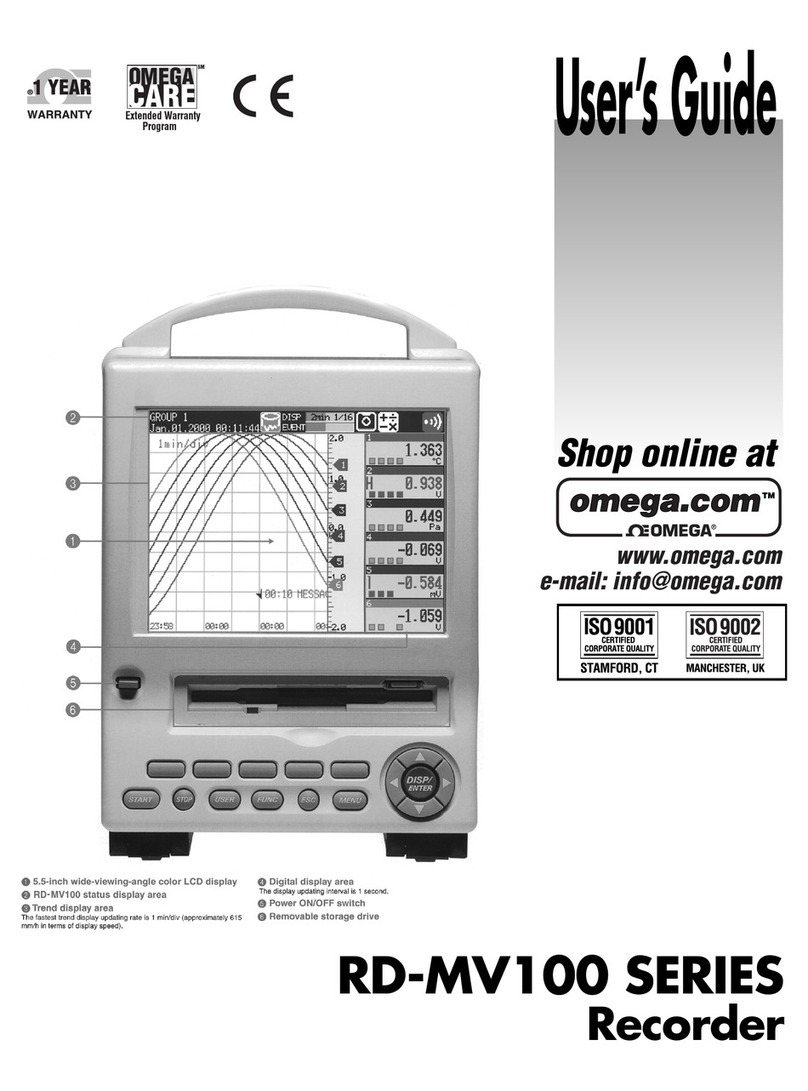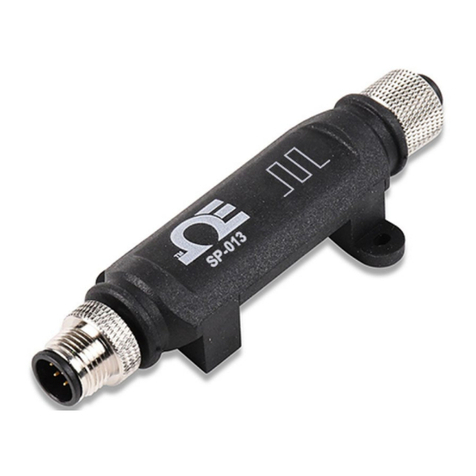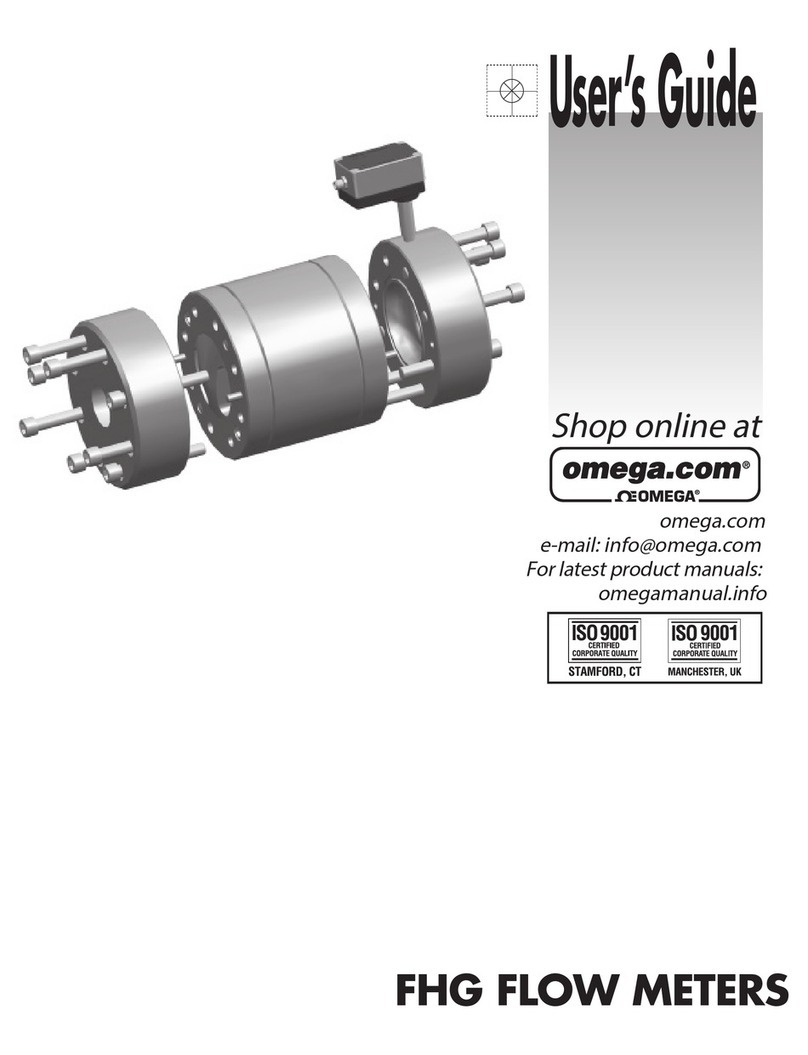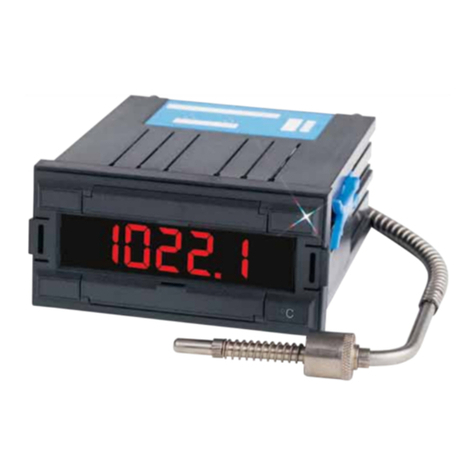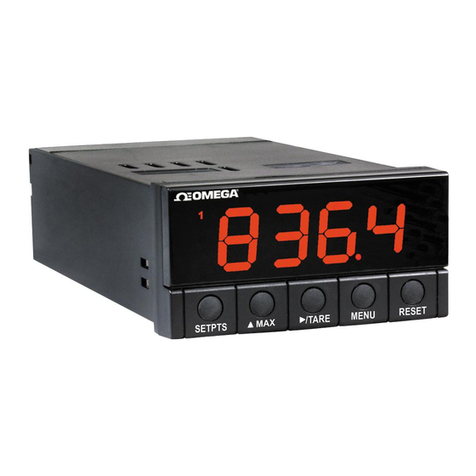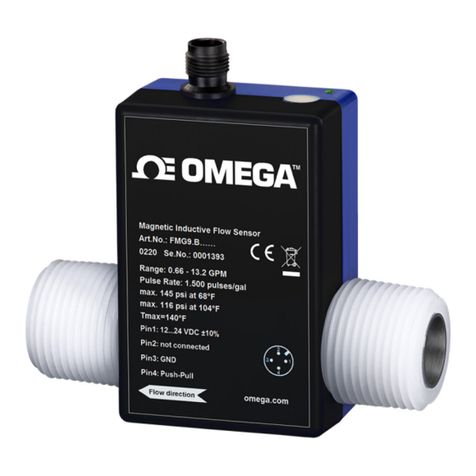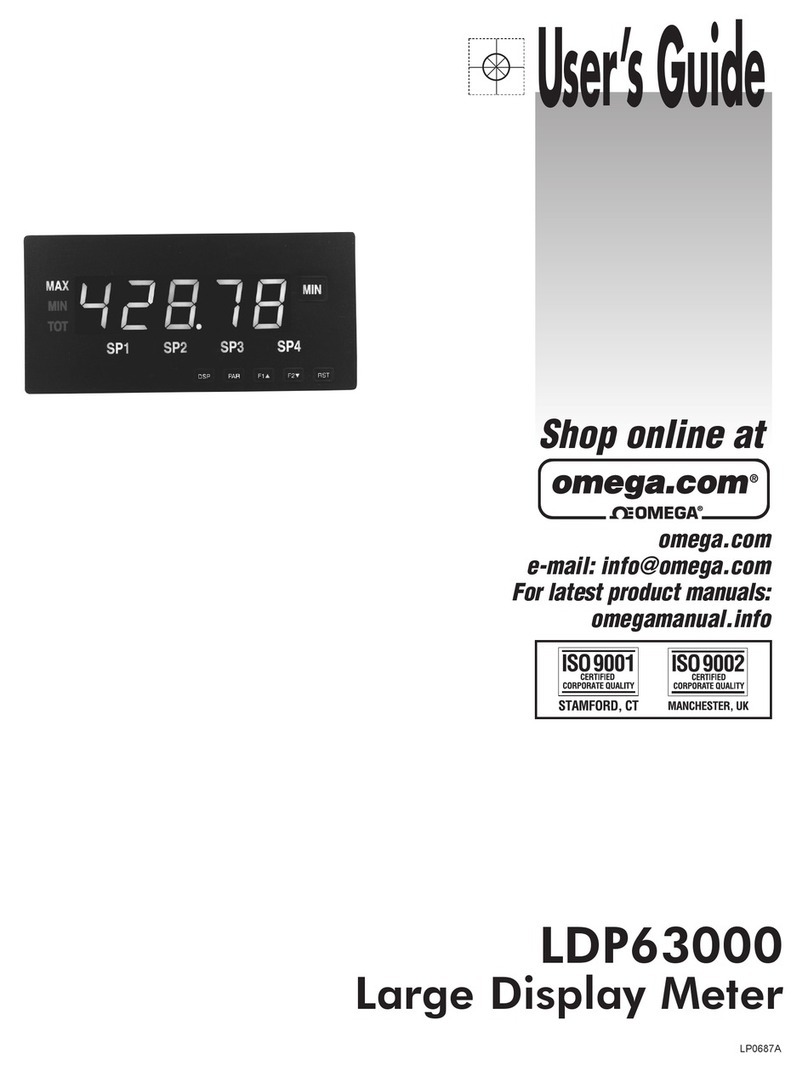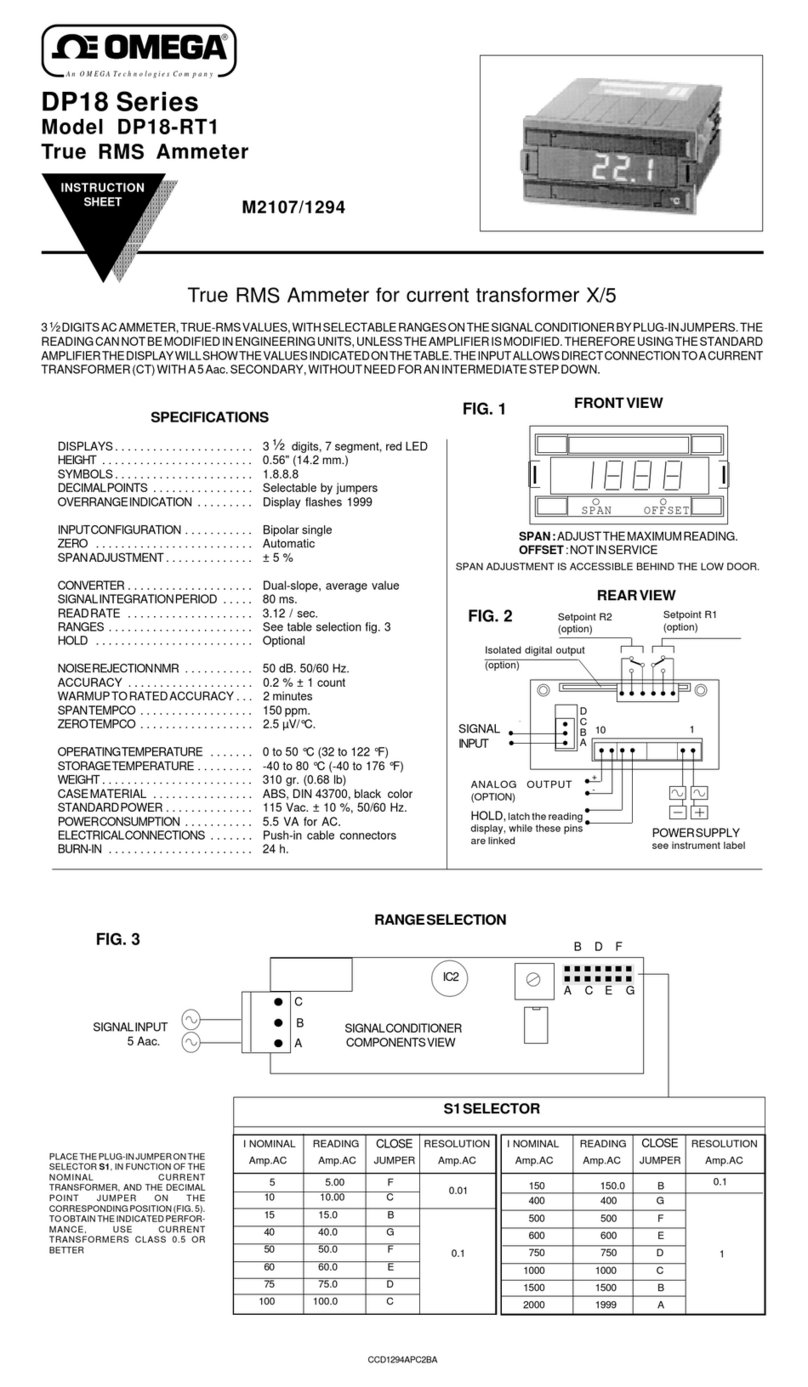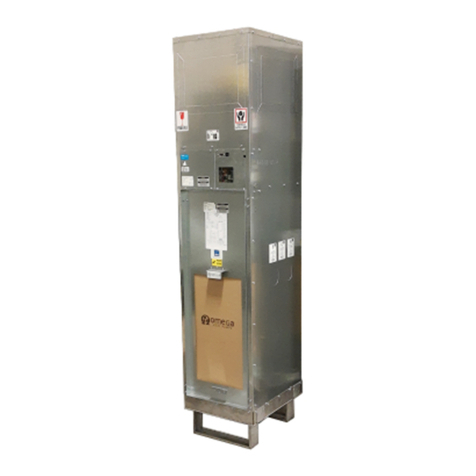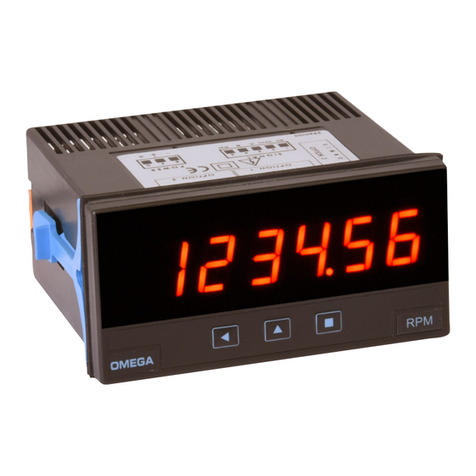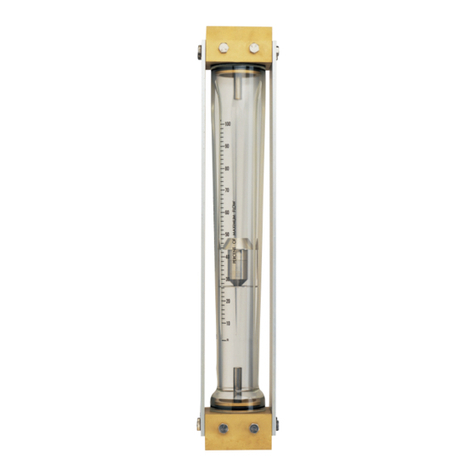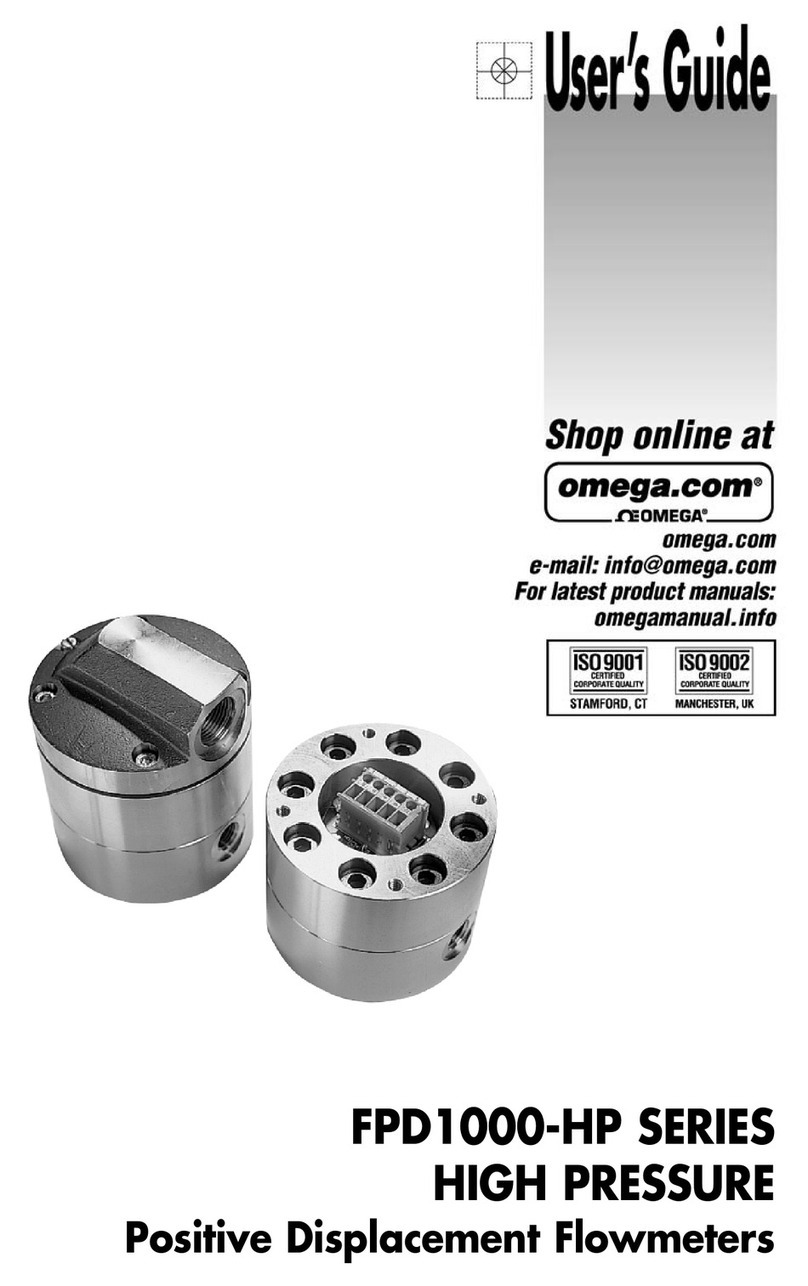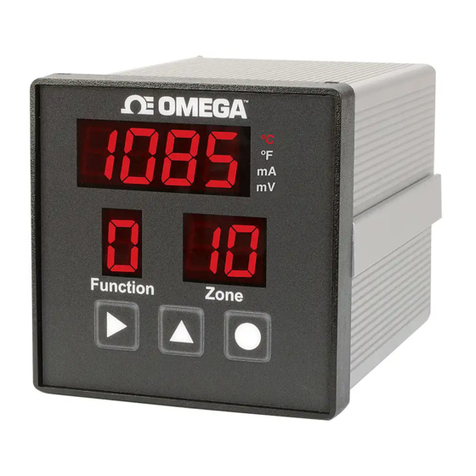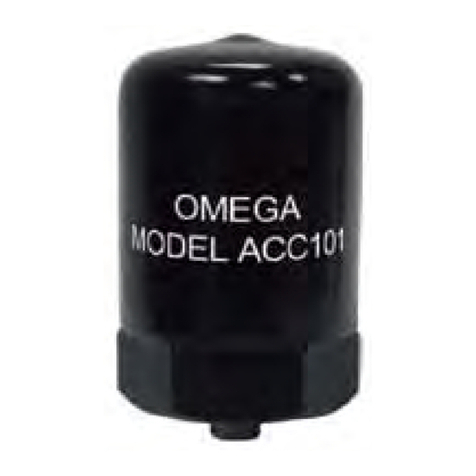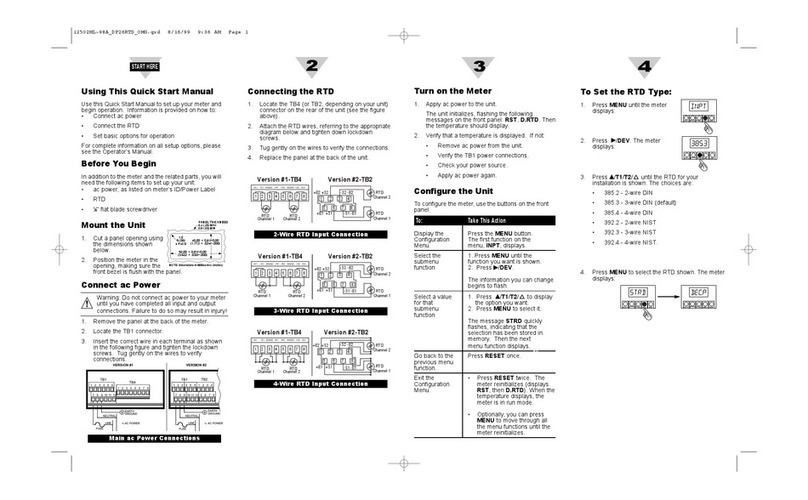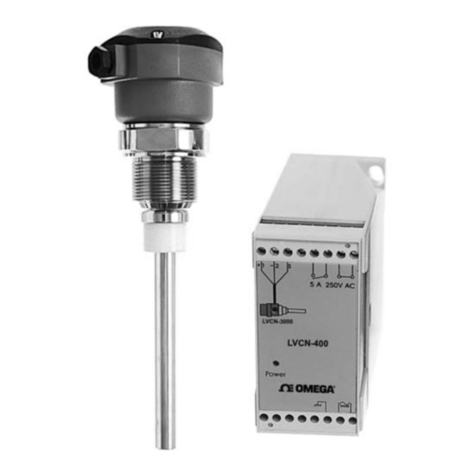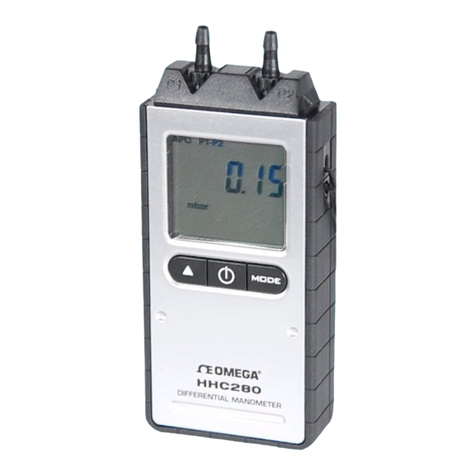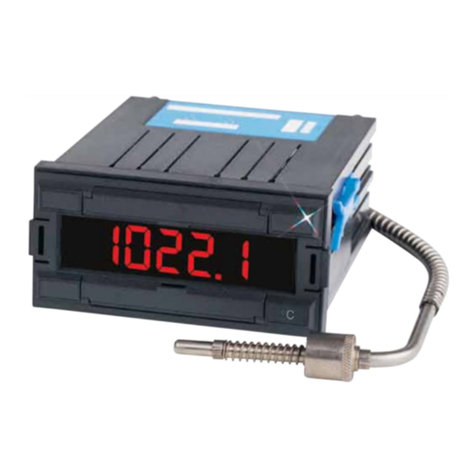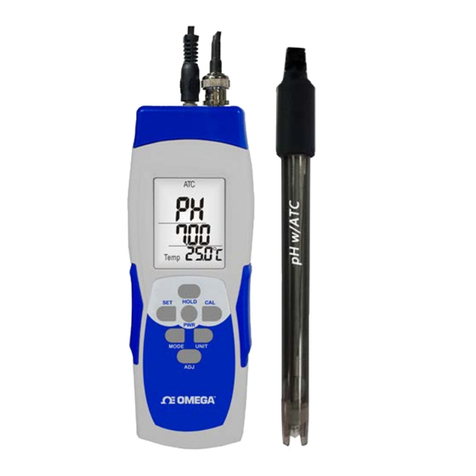
M4745/1222
Page 4 of 24
COMPLIANCE INFORMATION
FCC Compliance Statement
This equipment has been tested and found to comply with the limits for a Class B digital device,
pursuant to part 15 of the FCC rules. These limits are designed to provide reasonable protection
against harmful interference. This equipment generates, uses, and can radiate radio frequency energy
and, if not installed and used in accordance with the instructions, may cause harmful interference to
radio communications. However, there is no guarantee that interference will not occur in a particular
situation.
EU – Declaration of Conformity
Miltronics Mfg. Svcs., Inc. (the manufacturer) declares that the product for this manual demonstrates
compliance with the requirements of:
•European Community Council Directive 2014/30/EU
A copy of the Declaration of Conformities (DoC) is available on request from the address found in
this manual, on the last page.
UKCA – Declaration of Conformity
Miltronics Mfg. Svcs., Inc. (the manufacturer) declares that the product for this manual demonstrates
compliance with the requirements of:
•UKCA Electromagnetic Compatibility Regulations 2016.
A copy of the Declaration of Conformities (DoC) is available on request from the address found in
this manual, on the last page.
RoHS Statement
Miltronics Mfg. Svcs., Inc. (the manufacturer) declares that to the best of our knowledge, based on
supplier provided information, the product for this manual demonstrates compliance with the
requirements of:
•RoHS Directive: 2015/863/EU
•Restriction of the Use of Certain Hazardous Substances in Electrical and Electronic
Equipment Regulations 2012 (as amended): Great Britain
•Restriction of the Use of Certain Hazardous Substances in Electrical and Electronic
Equipment Regulations 2012 (as amended): Northern Ireland
and is not intentionally manufactured with, formulated with, or contains amounts greater than
maximum concentration values by weight in homogenous materials of the following substances:
•Lead (Pb), Mercury (Hg), Hexavalent Chromium (Cr VI), Polybrominated Biphenyls
(PBB), Polybrominated Diphenyl Ethers (PBDE), Bis(2-Ethylhexyl) phthalate (DEHP),
Benzyl butyl phthalate (BBP), Dibutyl phthalate (DBP), and Di isobutyl phthalate
(DIBP): 0,1 % or 1000 ppm
•Cadmium (Cd): 0,01 % or 100 ppm
Please be advised that we do not analyze for these substances.
WEEE – Waste Electrical and Electronic Equipment - 2012/19/EU
Miltronics Mfg. Svcs., Inc. (the manufacturer) asks that all our products to be recycled at the end of
their current use, to comply with local waste requirements. We support local Waste Electrical and
Electronic Equipment (WEEE) directives where they are in operation. That means that WEEE
products may not be disposed as unsorted municipal waste but is to be collected separately. These
products are therefore labeled with a crossed-out “wheelie-bin” symbol which you can see above.
WEEE products may contain hazardous substances which may negatively affect the environment
and human health when disposed of through normal channels. We are committed to reduce the
negative environmental and human health effects of WEEE.
